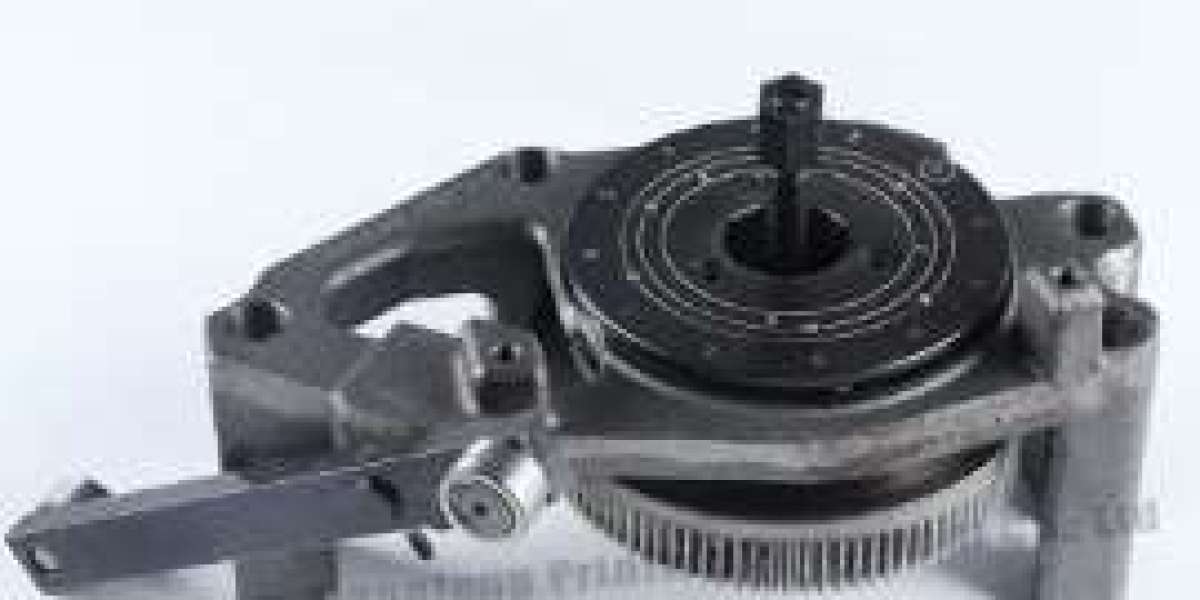The Printing Machine Gear is gaining renewed focus. In modern printing lines, gear systems do more than transmit motion—they must operate with higher precision, lower vibration, and better integration with sensors. Manufacturers specializing in printing machine accessories are therefore innovating gear design to align with digital and IoT-enabled production lines.
One significant trend involves embedding sensors or monitoring points into gear systems. These monitoring features can detect misalignment, wear, or vibration anomalies, enabling predictive maintenance before failures occur. This trend helps reduce unplanned downtime and improves the lifecycle of the gear components. At the same time, gearmakers are refining gear geometry, heat treatments, and lubrication strategies to maintain smooth, reliable operation at higher speeds.
The integration of printing machines with factory control systems also affects gear requirements. As printers become part of a networked production flow, the gear components must perform repeatably and predictably under control commands. Consistency in backlash, minimal play, and tight tolerances are therefore more essential than ever. Gear suppliers often work closely with system integrators to ensure compatibility.
For high-volume or large-format printing lines, redundancy and maintenance access become key design factors. Some printing machine gear assemblies are designed for quick swap of modules, easing service without halting the entire line. Others include more robust housings and spacing for cooling or lubrication distribution.







